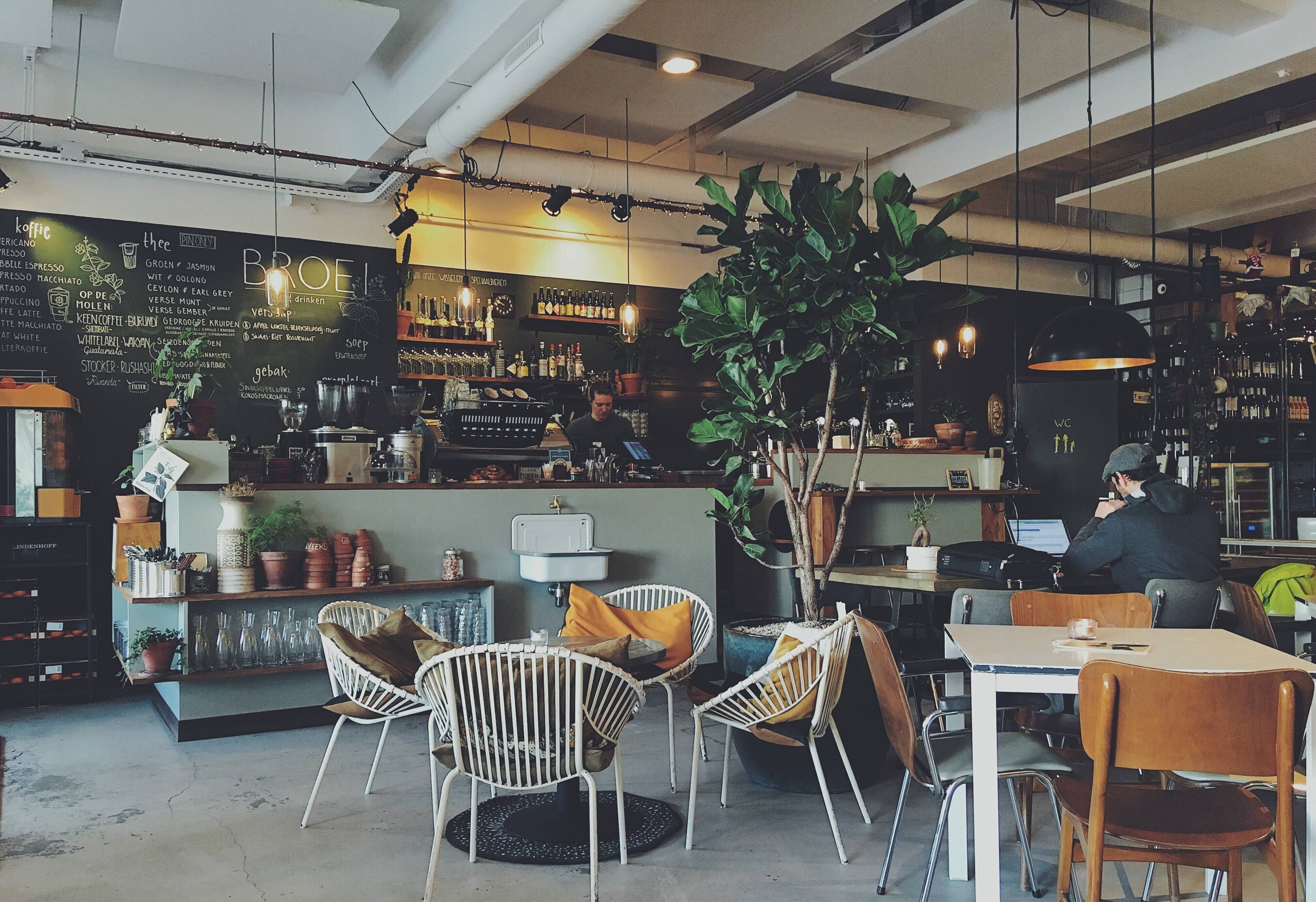Creation of the Third Space
Believe it or not, Friends and Starbucks have similar traits. Yes, they do!
Both of these helped to create the third space, a place between home and work for people to gather. Prior to the 1970s, there weren’t spaces like this!
Second wave coffee can also be summed up in one word – Starbucks. While it may not have been the first chain coffee house, it is the most widely recognizable from this era. The generally acceptable timeline of this wave began in the 1970s and continued until the early 2000s.

You know how in the hit 1990s sitcom Friends the group always gathers at the Central Perk? One of them usually has a coffee in hand, and they talk about everything under the sun, from Rachel leaving her fiancé, Barry, at the altar in the first episode to some of the later events of the series… We’re not giving away any spoilers! This community aspect was what coffee chains like Starbucks were trying to create.
Second wave coffee took a hard left turn from coffee being solely a beverage to help people get through their days to the consumption of coffee being an enjoyable experience for many.
European Inspirations
We may discuss the Seattle-based company a bit, but it is because they are the most prominent example of second wave coffee that people are familiar with.

The second wave could actually be traced back to starting with Peet’s Coffee and Tea, as Alfred Peet was not impressed with the standard of coffee that North American’s were drinking when compared to what he knew in the Netherlands. He served dark-roast, high-quality coffee and people’s expectations of the quality of their coffee quickly rose,
Seeing the success of the Dutch-owned Peet’s, Howard Schulz traveled to Europe. Upon seeing how European coffee shops functioned, he returned to the United States, bringing many new ideas back with him. European drinks are often based in espresso and are seen as an enjoyable activity to do with friends, rather than the more North American approach of the time as drinking coffee simply for the energy boost.

Yes, prior to this movement, it was uncommon to order an americano or cappuccino at a coffee house or restaurant. It was a mug of black coffee, with milk and sugar added to taste.
Bringing over European ways of coffee resulted in an increasingly educated customer base of Starbucks fanatics that wanted to drink tasty, caffeinated beverages. It also allowed for the creation of coffee-based drinks, like a Frappuccino, that were more inclusive to the general public rather than coffee only being a drink for adults.
This era also saw this rise of French Press coffee (if you’ve never tried it, check out our How to Brew French Press guides!)
Emphasis on Coffee Roasting
With coffee drinkers wanting better-tasting coffee, it was time for the coffee roasters to begin experimenting with different roasts and blends!

Roasters were focusing on creating a consistent coffee that tasted the same no matter how it was brewed. This often meant "over roasting" the coffee, taking the coffee through 2nd crack till most of the sugars have burned off. This would leave the coffee often tasting bitter and intense flavours. However when you're adding cream, sugar and syrups the taste of this style of roasting gets hidden behind the sugars.
It was also during the second wave of coffee that roasters and cafes alike started to advertise the origin countries of their different beans. What separates this wave from the third and fourth waves, however, is that coffee culture was being driven towards being an enjoyable experience for the customers, not necessarily the appreciation for the higher-quality coffee itself.

Most of us have been inside a Starbucks location and have seen the large drink menu, with the different substitutions and additional flavourings available. The creativity of the drink, the atmosphere inside the cafes and friendly baristas are all a part of creating an enjoyable experience for the consumer to enjoy, not focusing on the coffee itself.
Again, we are not trying to talk negatively about Starbucks or similar companies. We are sharing with you the differences between the four waves of coffee, as well as characteristics of each.
Features of Second Wave Coffee
Here are some of the most common signs of coffee from this era:
- Emphasis and focus on flavoured drinks
- Still dark and bitter coffee beans
- Little recognition of the coffee beans’ and country of origin
- Baristas who are not as passionate about the coffee but rather the café itself
These signs, combined with the overall atmosphere of the cafes and coffee businesses, helped to transform coffee culture into one that is more relaxed than before. People returned to coffee houses to enjoy drinks with their friends, grabbed a coffee before they headed out to walk their dogs, and more.
Similar to the first wave, second wave coffee has been criticized for not serving as high-quality coffee as it is advertised to be, and for focusing more on the experience within the store. Coffee beverages in this era were too focused on the additions to each beverage, straying away from the basics of creating a cup of coffee.
Author Jordan Calladine

